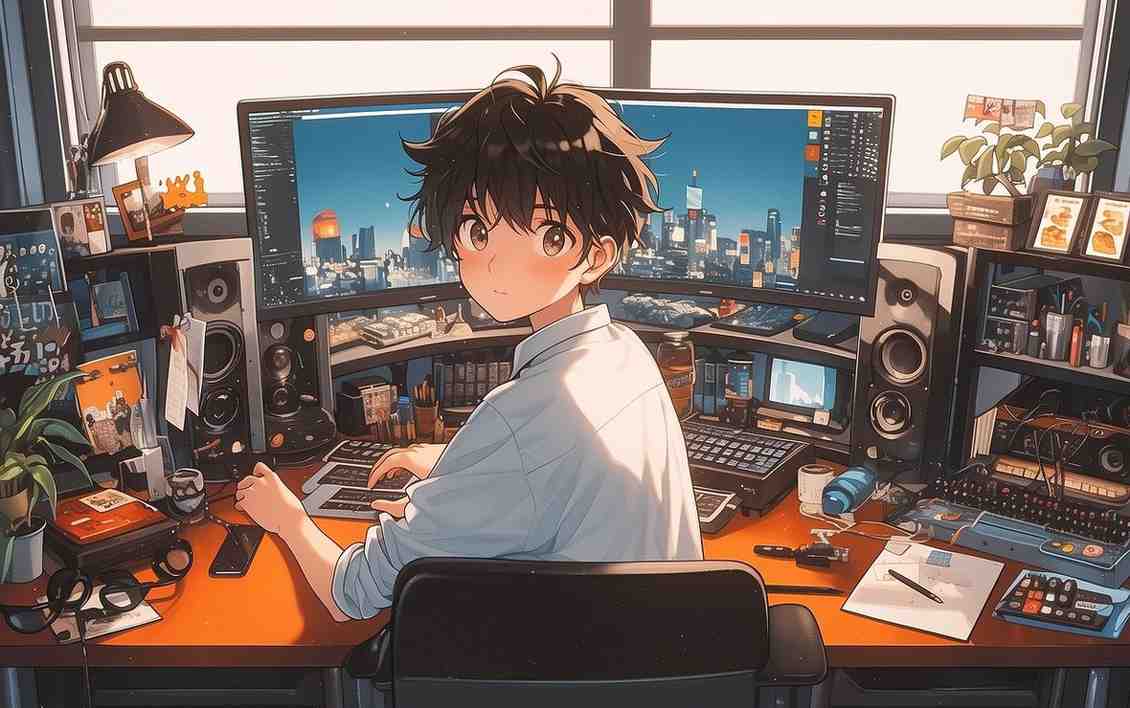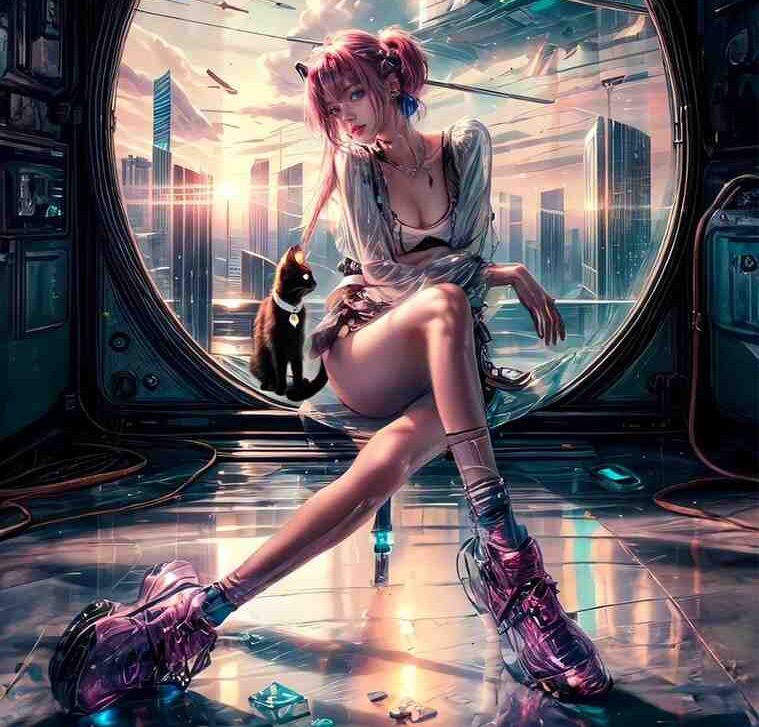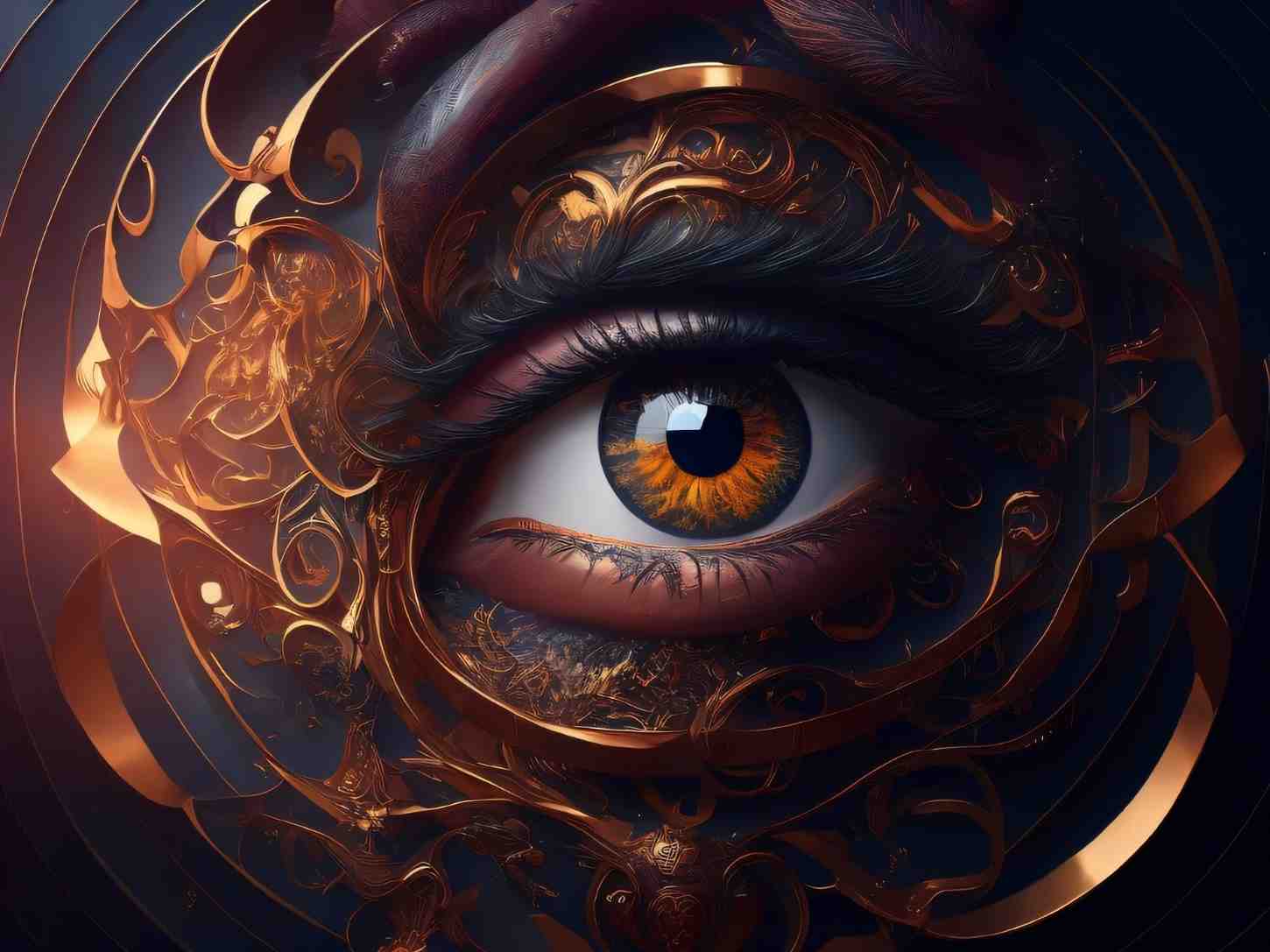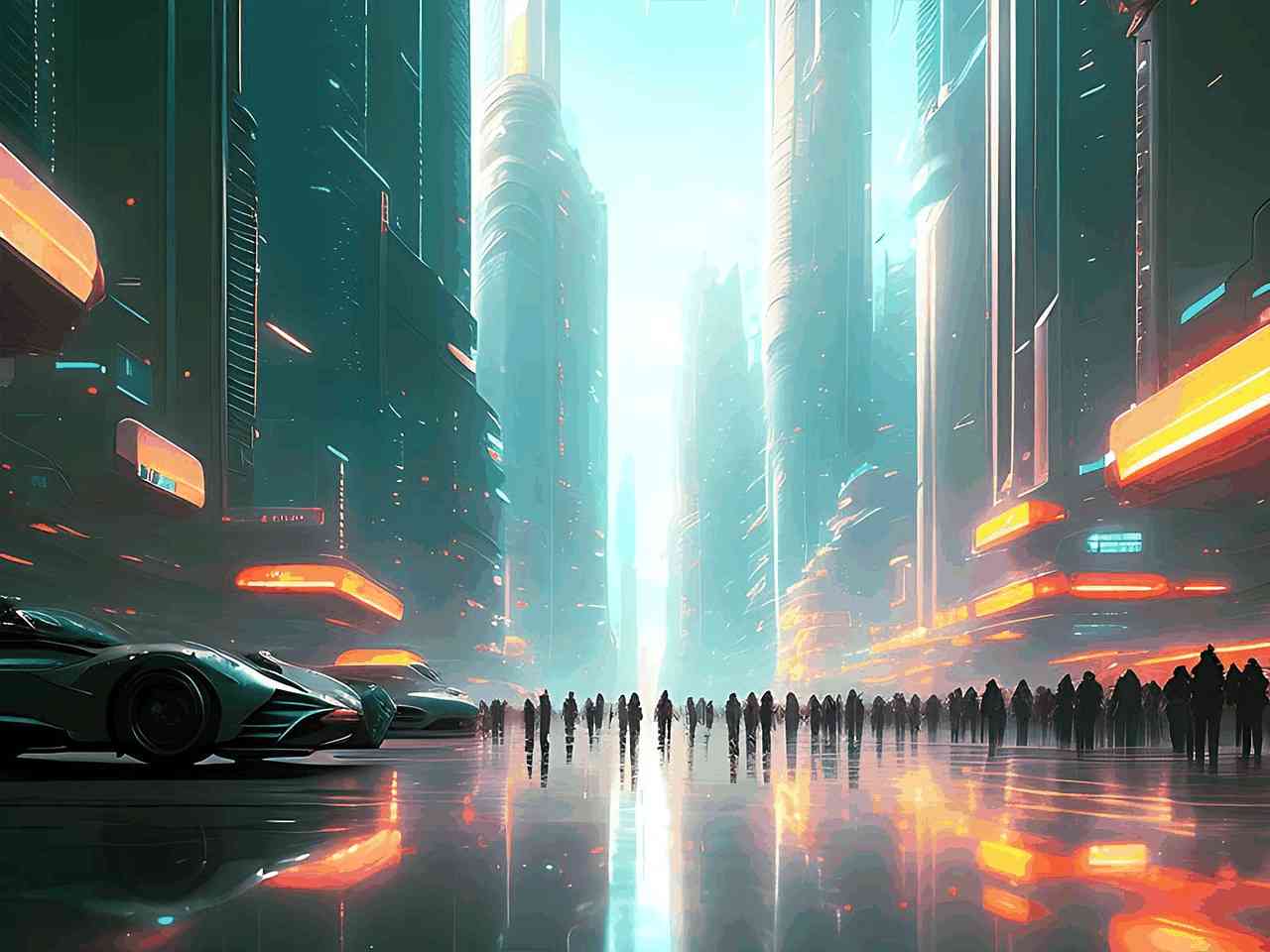3D Animator: Job Description, Skills, Role & Responsibilities
3D animators interact with their environment through a script, storyboard, or previsualization/post-visualization by creating and manipulating digital characters, props, and machines.
Characters, objects, and TV shows come to life through the frame-by-frame production of a 3D model’s motions, gestures, and expressions, which is used in video games, movies, and advertisements.
3D Animator: Job Description and Duties
A 3D Animator should be able to visualize new worlds into being and bring their characters to life. Their movements are inputted into the relevant software as mathematical equations, which they render via a graphics processing unit (GPU) to output the final animation, called ‘playblast’. The final step is to be reviewed and approved by supervisors, directors, and clients.
3D Animator’s roles & responsibilities in film and games
- Bringing life to 3D-rigged models
- Research of genre, visual style, and technological aspect which builds up each specific project
- Using motion capture technology for enhancing performances
- Identifying key moments and scenes
- Storyboards are rendered into animated scenes
- File management, libraries of animation and updating process documentation
- Syncing of dialogues and integrating sound
- The skillset required for a 3D animator.
The creation of a 3D animator is very technical in nature, along with an artistic sense. A job in 3D animation requires both left- and right-brain sensibility since complex mathematical computations are called for in rendering 3D animation sequences.
Skills required for a 3D Animator
The following are some of the skills that a film and video game company may look for in 3D animators:
- To be able to visualize two-dimensional storyboards and artwork in three dimensions
- Have an excellent sense of timing, motion, and cut editing
- Understand how to use 3D models and rigs
- Know about the processes behind visual storytelling, camera work, and acting
- Understand anatomy and how it works with regard to limb motion, weight displacement, skin, and flesh reactions
- Knowledge of film and animation genres and the ability to work within these styles
- Have an advanced concept of visual language: perspective, point of view, proportion, color, composition, framing, etc.
Software & Tools used by 3D Animators
3D animators may need to have an understanding of some or all of the following software:
- Maya
- 3D Studio Max
- After Effects
- MotionBuilder
- Mudbox
- Premier
- Cinema 4D
- LightWave
- Real-time engine (such as Unreal Engine or Unity).
Conclusion: Bringing Creativity To Life
Whether film, video games, or even advertising, the mastery of the software, the use of the laws of physics, and the fusing of artistic sensibility with storytelling—all form part of the role a 3D animator plays. With the right skill set, tools, and an eye for detail, 3D animators have the key to immersive digital experiences. By mastering the skill, we offer courses in Autodesk Maya and Unreal Engine.
Be aware of other education methods that M3DS uses to provide academy programs, individual software courses, and masterclasses by industry pros—those guys know their thing! On your mark, get set, go, and visit the enrollment & finance area online anytime 24/7 for the reason that you can start immediately in becoming a top creative pro.






